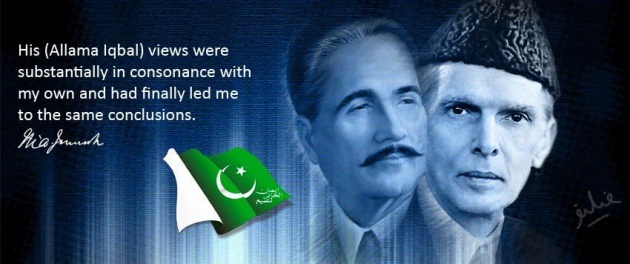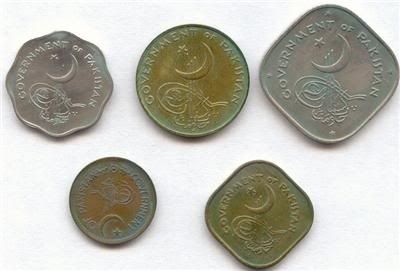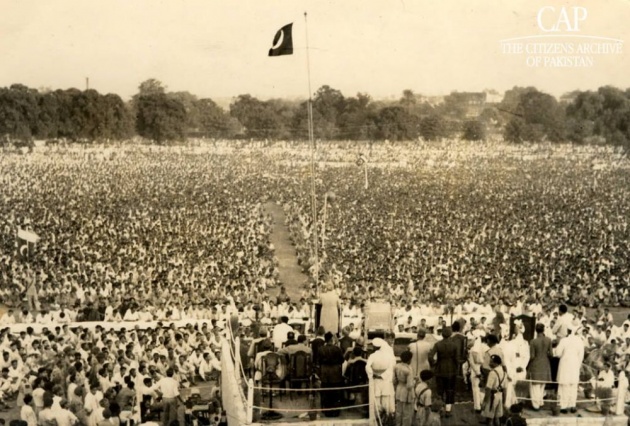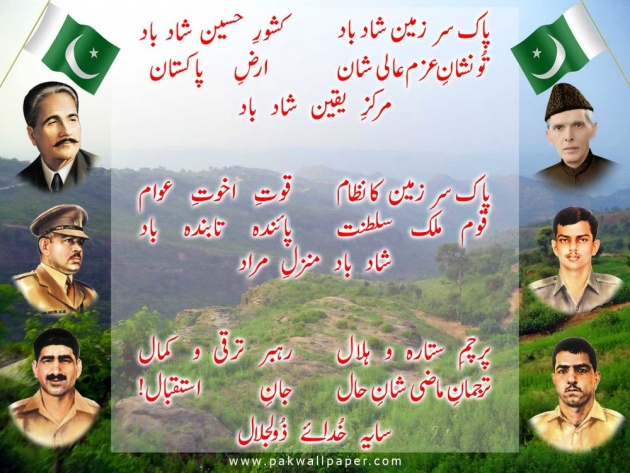History Of pakistan
GREAT LEADERS OF THE PAKISTAN

The history of Pakistan (Urdu: تاريخ پاكِستان ) encompasses the history of the region constituting modern Pakistan. Prior to independence in 1947, the territory of modern Pakistan was a part of the British Indian Empire. Prior to that it was ruled in different periods by local kings and numerous imperial powers. The ancient history of the region comprising present-day Pakistan also includes some of the oldest of the names of empires of South Asia[1] and some of its major civilizations.[2][3][4][5]


In the 19th century, the land was incorporated into British India. Pakistan's political history began with the birth of the All India Muslim League in 1906 to protect "Muslim interests, amid neglect and under-representation" and to oppose Congress; in return the British Raj would decide to grant local self-rule. On 29 December 1930, philosopher Sir Muhammad Iqbal called for an autonomous new state in "northwestern India for Indian Muslims".[6] The League rose to popularity in the late 1930s. Muhammad Ali Jinnah espoused the Two Nation Theory and led the League to adopt the Lahore Resolution[7]of 1940, demanding the formation of independent states in the East and the West of British India. Eventually, a successful movement led by Jinnah resulted in the partition of India and independence from Britain, on 14 August 1947.
On 12 March 1949, the second constituent assembly of Pakistan passed theObjectives Resolution which was proposed by the first Prime Minister Liaquat Ali Khan, proclaimed that the future constitution of Pakistan would not be modeled entirely on a European pattern, but on the ideology and democratic faith of Islam. The legislative elections in 1954 saw the Awami League coming to power and its leader Huseyn Suhrawardy becoming country's first BengaliPrime minister. Promulgation of Constitution in 1956 lead to Pakistan declaring itself Islamic republic (official name) with the adoption of parliamentary democratic system of government. The constitution transformed the Governor-General of Pakistan into President of Pakistan (as head of state). Subsequently, Iskander Mirza became the first president as well as first Bengali in 1956, but the democratic system was stalled after President Mirza imposed the military coup d'état and appointed Ayub Khan as an enforcer of martial law. Two weeks later, President Mirza was ousted by Ayub Khan; his presidency saw an era of internal instability and a second war with India in 1965. Economic grievances and political disenfranchisement in East Pakistan led to violent political tensions and armed repression, escalating into guerrilla war[8] followed by the third war with India. Pakistan's defeat in the war ultimately led to the secession of East Pakistan and the birth of Bangladesh.[9]
Democracy again returned which was resumed from 1972 to 1977 under leftistPPP led by Zulfikar Ali Bhutto, until he was vanquished by General Zia-ul-Haq, who became the country's third military president. Pakistan's British-imposed colonial but secular policies were replaced by the new Islamic Shariah legal code, which increased religious influences on the civil service and the military. With the death of President Zia-ul-Haq in 1988, the new general electionsannounced the victory of PPP led by Benazir Bhutto who was elevated as the country's first female Prime Minister of Pakistan. Over the next decade, she alternated power with conservative Pakistan Muslim League-N (PML(N)) led byNawaz Sharif, as the country's political and economic situation deteriorated. Military tensions in the Kargil conflict[10] with India were followed by a 1999 coup d'état in which General Pervez Musharraf assumed executive powers.
Self-appointing himself as President after the resignation of President Rafiq Tarar, Musharraf held nationwide general elections in 2002 to transfer the executive powers to newly elected Prime Minister Zafarullah Khan Jamali, who was succeeded in the 2004 by Shaukat Aziz. During the election campaign in 2007 following the parliament completing its term on 15 November 2007, Benazir Bhutto was assassinated which resulted in a series of important political developments when left-wing alliance led by PPP. The historic general elections held in 2013 marked the return of PML(N) coming to national prominence with Prime Minister Nawaz Sharif assuming the leadership of the country for the third time in its history.
The Indus Valley Civilization was a Bronze Age civilization (3300–1300 BCE; mature period 2600–1900 BCE) extending throughout much of what is modern-day Pakistan today. [15] Along with Ancient Egypt and Mesopotamia it was one of three early civilizations of the Old World, and of the three the most widespread,[16] covering an area of 1.25 million km2.[17] It flourished in the basins of the Indus River, one of the major rivers of Asia, and the Ghaggar-Hakra River, which once coursed through eastern Pakistan.[18] At its peak, the civilization hosted a population of approximately 5 million in hundreds of settlements extending as far as the Arabian Sea, present-day southern and eastern Afghanistan, and the Himalayas.[19] Major urban centers were at Mohenjo-daro and Harappa as well as an offshoot called the Kulli culture (2500–2000 BCE) in southern Balochistan, which had similar settlements, pottery and other artifacts. The civilization collapsed around 1700 BCE, though the reasons behind its fall are still unknown. Through the excavation of the Indus cities and analysis of town planning and seals, it has been inferred that the Civilization had high level of sophistication in its town planning, arts, crafts, and trade




